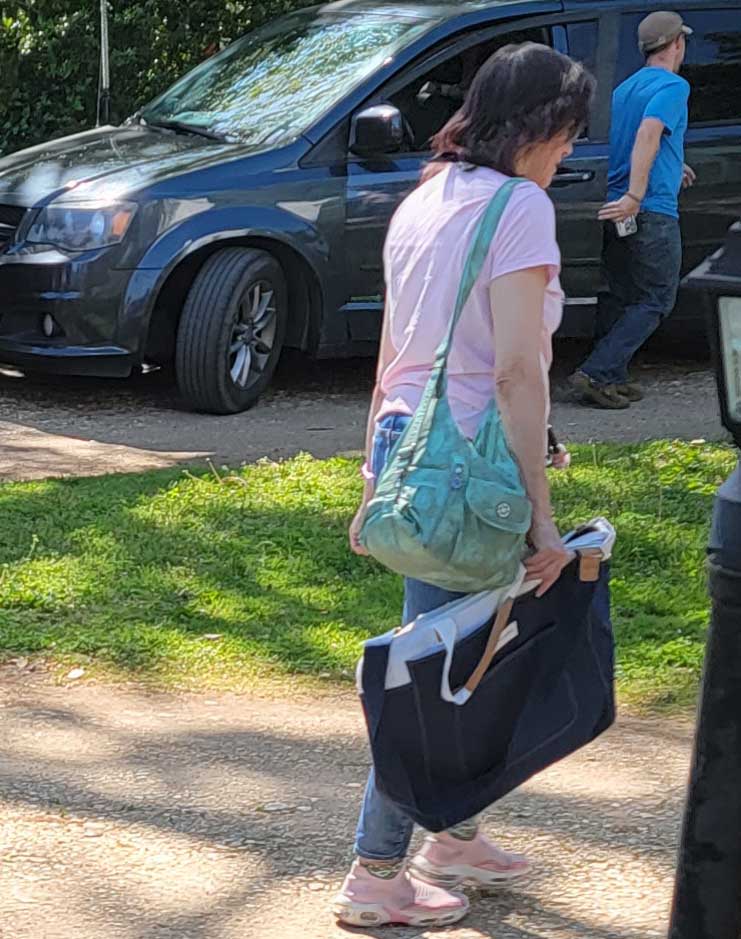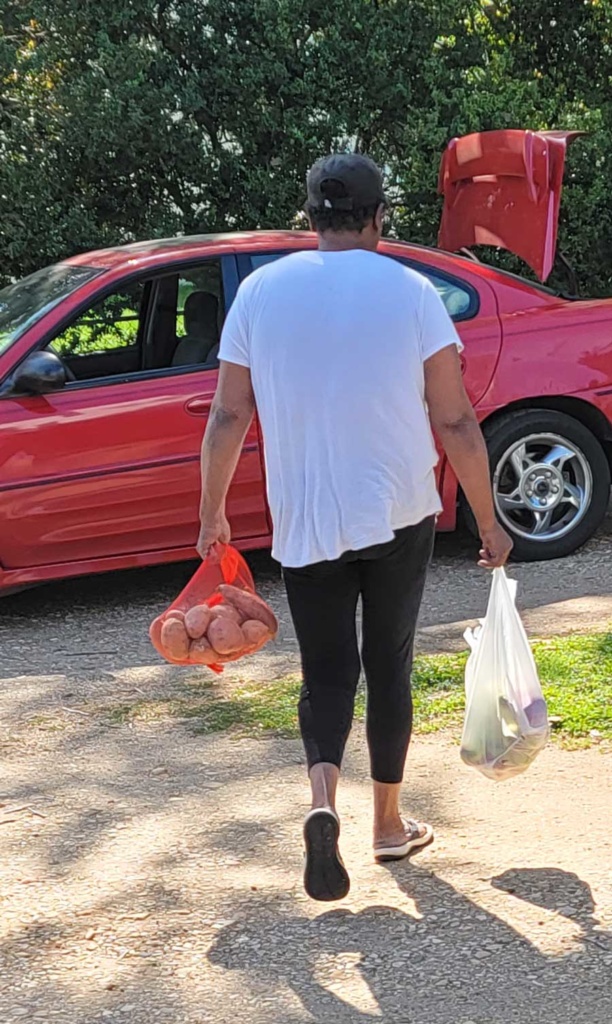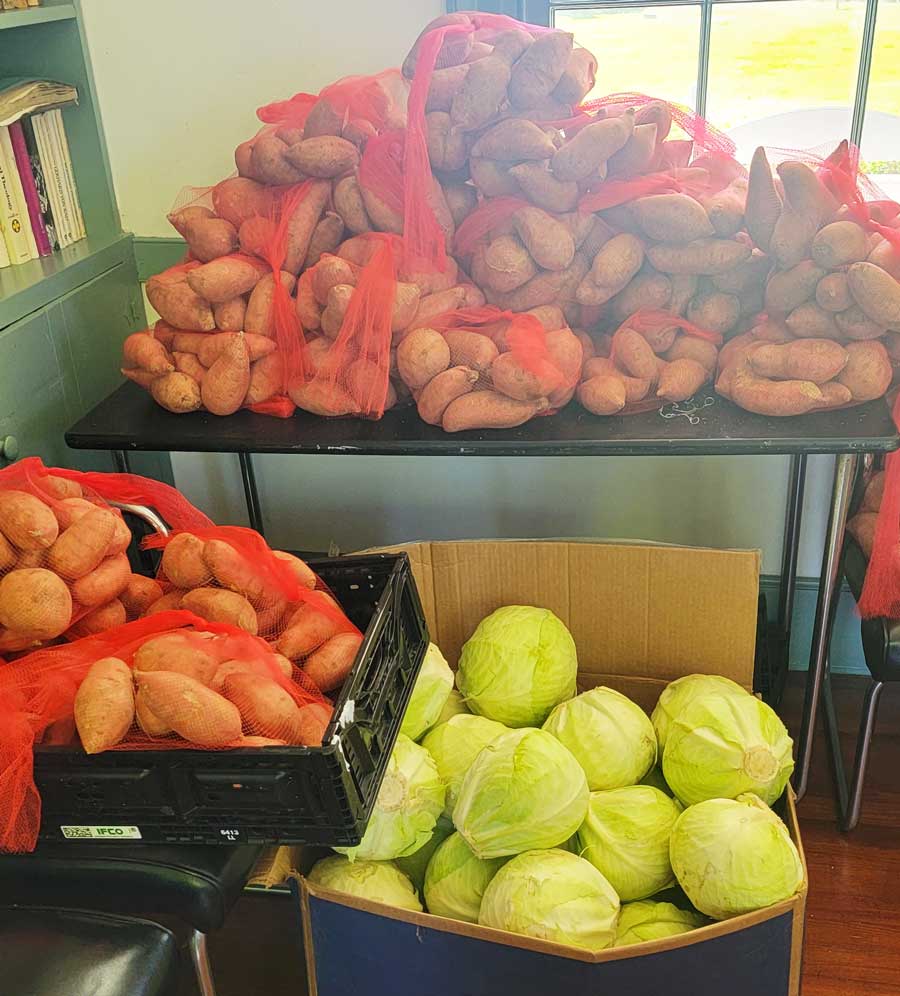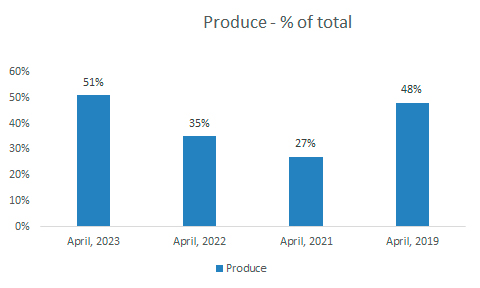From a sermon by Rev. William D. Oldland, "Jesus is the Shepherd and the Gate" about Maximiliam Kolbe

"His life exemplifies the role of a caring shepherd for his flock. His life is also a gate or perhaps a gateway through which we can see the effect of the incredible love of God.
"The priest’s name was Maximilian Kolbe. He was born in 1894 in Poland. His parents were poor. His father was a weaver. At an early age he had a vision. He had prayed to Mary and asked what was to become of him. In response Mary came to him in this vision holding two crowns. One was red and the other was white. The white one symbolized perseverance in purity and the red one meant martyrdom. She asked which one he would choose. He said he would accept them both. This decision shaped his future actions and would one day come true.
" In 1910, he entered the Franciscan order and he was ordained a priest in 1919 in Rome. On his return to Poland he was a teacher of church history and he built a friary outside of Warsaw. The friary grew until it housed 762 Franciscans. He went to Japan and India and started friaries there as well. In 1936, he returned to supervise the friary in Warsaw. When Germany invaded he sent the friars home to protect them. He was a good shepherd to his flock. He was imprisoned for a while. But when he was released he went back to the friary where he took in three thousand refugees. 2,000 of these refugees were Jewish. Those friars who worked with him shared all they had with the refugees. They shared their clothing, the little food that they had, and anything else that was useful.
" As you can imagine the Germans became suspicious and in 1941 they closed the friary arresting Maximilian and four other brothers. They were all transported to Auschwitz. At the camp Maximilian endured many hardships. No one had enough food. Clothing was inadequate for the cold. Shelter was not much help from the cold either. Maximilian was known to move among the prisoners with gentleness. At night he did not rest. He moved from bunk to bunk identifying himself as a priest and asking if they needed anything from him. He listened to confessions and heard their pleas for consolation. He continued to be a shepherd to his flock.
" Father Kolbe also endured personal pain. An SS officer saw him one day. He chose the heaviest boards he could find. He loaded them on Father Kolbe’s back and made him run with the load. When he fell the officer kicked him in the stomach and face. He ordered the soldiers to give him fifty lashes. Father Kolbe lost consciousness and the soldiers left him in the mud for dead. Some prisoners snuck him into the infirmary.
" Here is where we see the gateway begin to open. Even though Father Kolbe was beaten horribly, he endured all of the hardship. He pleaded with the other prisoners to forgive the persecutors, to pray for them, and to overcome their evil with good. Whenever he was beaten, he did not cry out. He prayed for them. He was always the last to seek help for his injuries. Everyone else had to go first. Do we begin to see the gateway? Can we see where Jesus has called this man? Do we see how Jesus is with this man? Even in the pain, even in the heart of this incredible darkness, Jesus’ light shines out as a beacon of love. This man lives the faith he believes. Yet, this story is not over.










